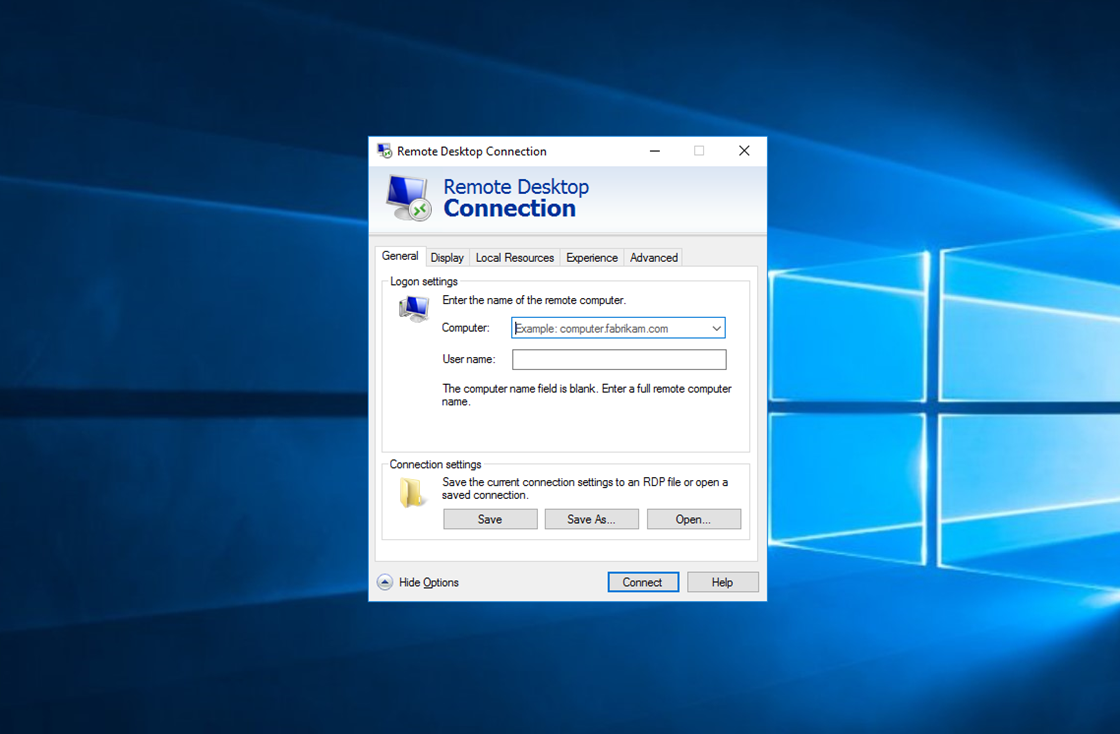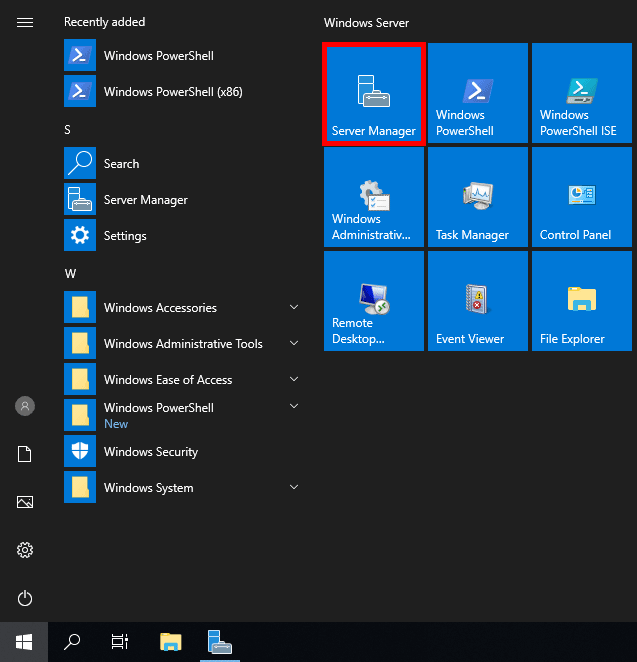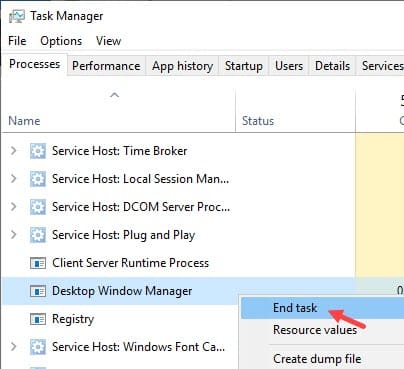

To deal with that, you either set it to high performance or let window decide what’s best for your system. If Windows is configured to prioritize appearance over performance, it can cause the desktop window manager to use more memory.
#Enable windows desktop manager update
In case of Nvidia or AMD graphics cards, you can also use the Nvidia Control Center or AMD Radeon Software to update the display drivers.
#Enable windows desktop manager install

Follow the below steps to update video drivers in Windows 10. Mainly because the bugs in outdated drivers are known to cause Desktop Window Manager high memory usage. It doesn’t matter whether you are using integrated graphics or dedicated graphics, having the latest driver is important. The first and foremost thing you should do is make sure your graphics or video drivers are up-to-date.

To fix the desktop window manager high memory usage problem in Windows 10, follow the list of steps given below. Fix Desktop Window Manager High Memory Usage If your desktop window manager (dwm.exe) memory usage is high, follow these steps to fix it. This can cause problems for other applications and processes, especially in systems with 8GB or less memory. For example, I’ve seen the desktop window manager process using over 4 gigs of memory even while sitting idle. However, the desktop window manager’s memory usage can higher under certain circumstances. After all, it just sits in the background and consumes very little memory (less than 50 to 100 MB) all the while doing the work as efficiently as possible. However, starting from Windows 7, the desktop window manager is deeply integrated into Windows and can no longer be disabled individually.Ī vast majority of Windows 10 users never need to know or worry about the Desktop Window Manager process. This allowed users to disable it to improve system performance. Back in the Vista days, the desktop window manager is a separate service to handle the animations and other effects.


 0 kommentar(er)
0 kommentar(er)
